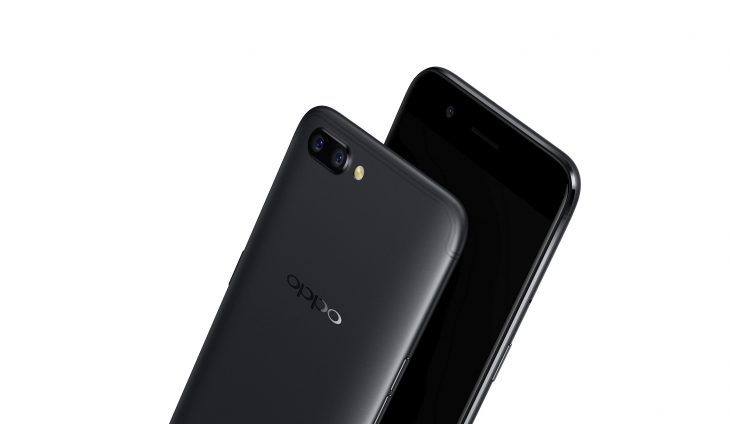
With the R11 OPPO wants to cement it’s place in the Australian mobile marketplace as a manufacturer of affordable mid-range camera phones. Has it succeeded in doing this?
OPPO Australia Executive Director Michael Tran said at the launch event for the R11 that “the smartphone is our camera of choice and of utmost importance for Aussie consumers. At OPPO, we want to continue to lead and bring premium quality features to our camera phones”.
OPPO R11 Camera Technology and Specifications Explained
With that in mind they added a second camera to the R11 so it can take photos with 2x Optical zoom, a first for the Australian midrange priced smartphone market segment. Coupled with the 64GB onboard storage this makes the R11 quite capable of replacing most people’s compact cameras (excluding higher end compacts like the Sony RX100 series that have 1″ and larger sensors).

The main back camera has the same 16MP IMX398 Sony sensor (1/2.8″ sensor size, 1.12 µm pixel size) with fast f/1.7 lens as the previous R9s model.
The all new second back camera used for optical 2X zoom has a 1/2.8″ sensor size, 1.0 µm pixel size 20MP IMX376 Sony sensor with a slower f/2.6 telephoto lens, so it is only useful when you’re in a well lit situation.
The camera software is very similar to the iPhone. As part of that, while the Camera app has various modes including Photo (automatic) and Expert (allowing you to set white balance etc), the overall Camera settings are in the Color OS phone Settings menu.
Both back and front cameras don’t have hardware optical image stabilisation (OIS). This isn’t a problem during the daytime but can result in blurry photos at night if your hands aren’t still when taking the photo. OPPO usually keep OIS as feature that’s included in their Plus models so we expect the R11 Plus to have the same camera sensors and lenses as the R11 but with OIS enabled.
Photos taken with either the front or back cameras need to be done in Standard mode to use the full sensor size. For example using the main back camera with no zoom, Standard mode takes a 16MP photo whereas Full screen and Square modes take a 12MP photo that throws away a quarter of the image data captured by the camera sensor.
On the front the OPPO R11 has a selfie camera with a huge 20MP f2.0 lens. Unlike the R9s the R11 selfie camera has auto focus which is good. OPPO is keen to promote their new software-based “natural bokeh effect” background blurring but I found that sometimes when the bokeh feature was turned on for front camera selfies, the edges of the photo subject were a bit fuzzy.
OPPO R11 Camera Example Photos Analysed
The photo at left below is example of a front camera selfie of me taken from the ground looking up at the sky and trees above me. Personally I thought the Portrait photo mode available when using the main back camera took better natural bokeh effect photos in my opinion, albeit at 8MP file size (example at right below).
Panorama photo quality is brilliant, as you can see by the sunset park example below which is 9984px wide and 2400px high and has areas in the photo which are very bright and very dark. Both panoramas below were taken in automatic Panorama mode panning left to right. The second panorama is of Sydney Harbour on a sunny day. You can click on either panorama to view the fullsize original resolution photo in my Flickr stream.
The following 1x and 2x optical zoom photos were taken with HDR off. Note that since the back cameras have different sensors and focal lengths the resulting photos taken of the same subject have different image processing applied eg colours can look different.
Left photo: Back lens Camera 1 1x zoom (Standard size, 16MP)
Right photo: Back lens Camera 2 2x zoom (Standard size, 16 MP)
The R11’s 2x optical zoom is especially handy when taking crisp clear photos where you don’t want to go closer eg avoiding disturbing an animal or can’t physically go closer eg the green street art photo was taken from the opposite side of the road over 50 metres away.
Left photo: Back lens Camera 1 1x zoom (Standard size, 16MP)
Right photo: Back lens Camera 2 2x zoom (Standard size, 16 MP)
The R11 is quite good at turning HDR on in Automatic mode to bring out details in dark areas of a photo however brighter areas of the photo can occasionally become a bit overexposed when HDR is applied to a shot.
Left photo: Back lens Camera 1 1x zoom (Standard size, 16MP) HDR On
Right photo: Back lens Camera 1 1x zoom (Standard size, 16MP) HDR Off
While the R11 doesn’t have OIS it can still take great photos at night if you hold your hands steadily while taking the shot, as in the example below which I took at Sony’s OLED A1 TV launch.
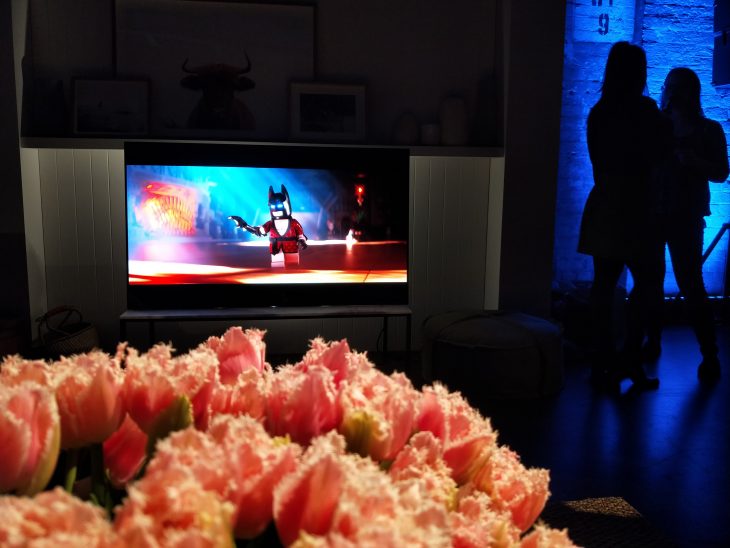
Conclusion
If you just look at the R11 camera technology by itself then OPPO has succeeded at creating a value for money smartphone that can take photos not far behind flagship Android smartphones made by other manufacturers that cost a $1000 or more.
In my opinion with the R11 OPPO have created a phone that’s aimed at ex iPhone users who want a cheaper phone and who don’t care about the underlying operating system but just want something to call, message and take good photos.
However this design focus will alienate and annoy many if not the majority of Ausdroid readers who will object to the heavy customisation and skinning OPPO has done to make the R11 iOS-like ColorOS unrecognisable from the Android 7.1.1 running under the surface.


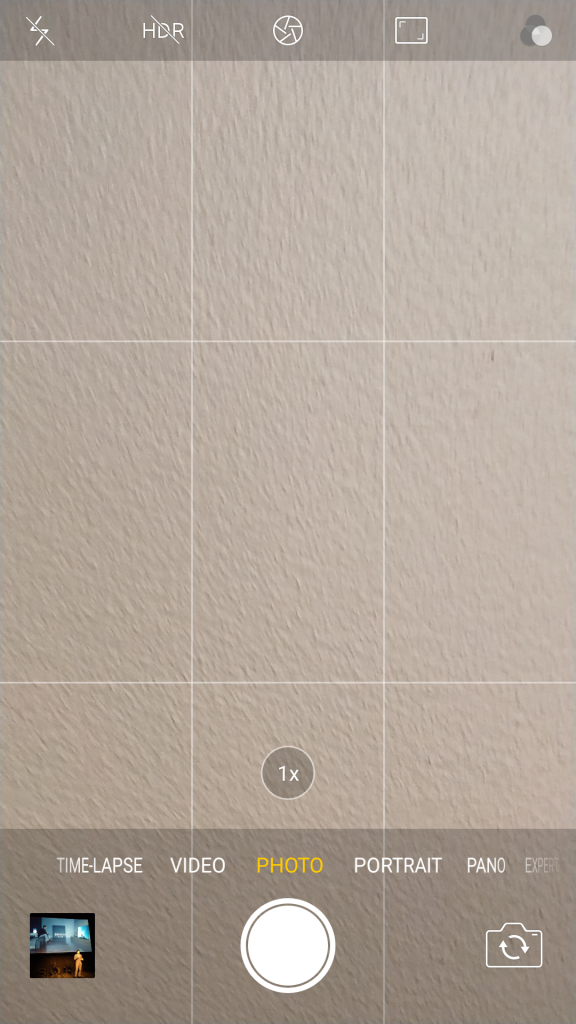
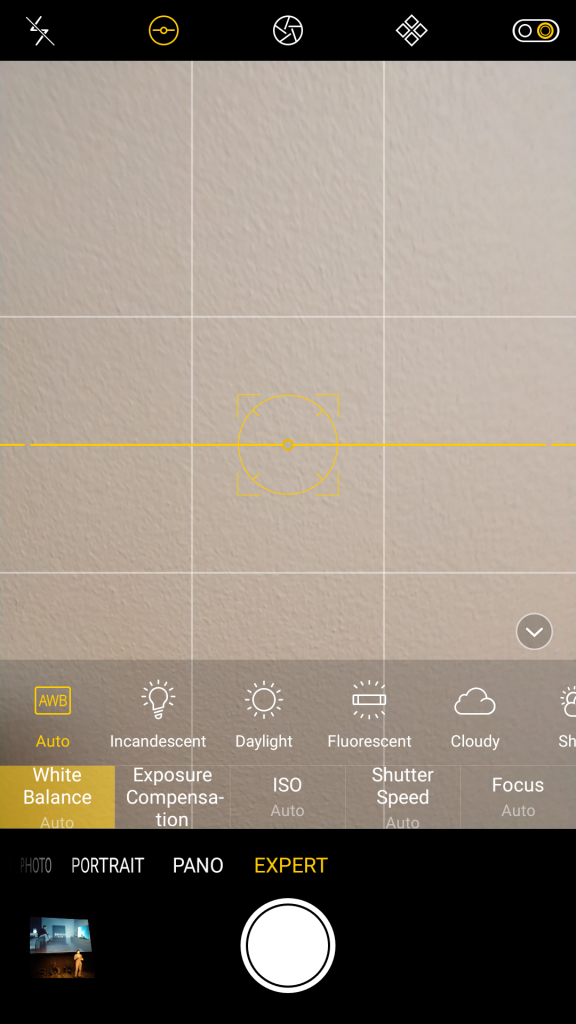





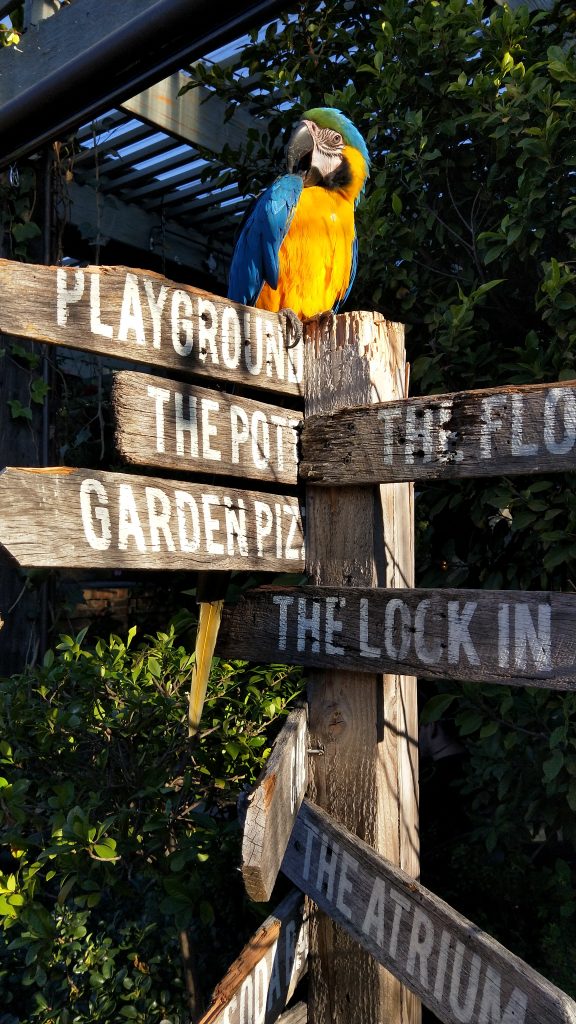

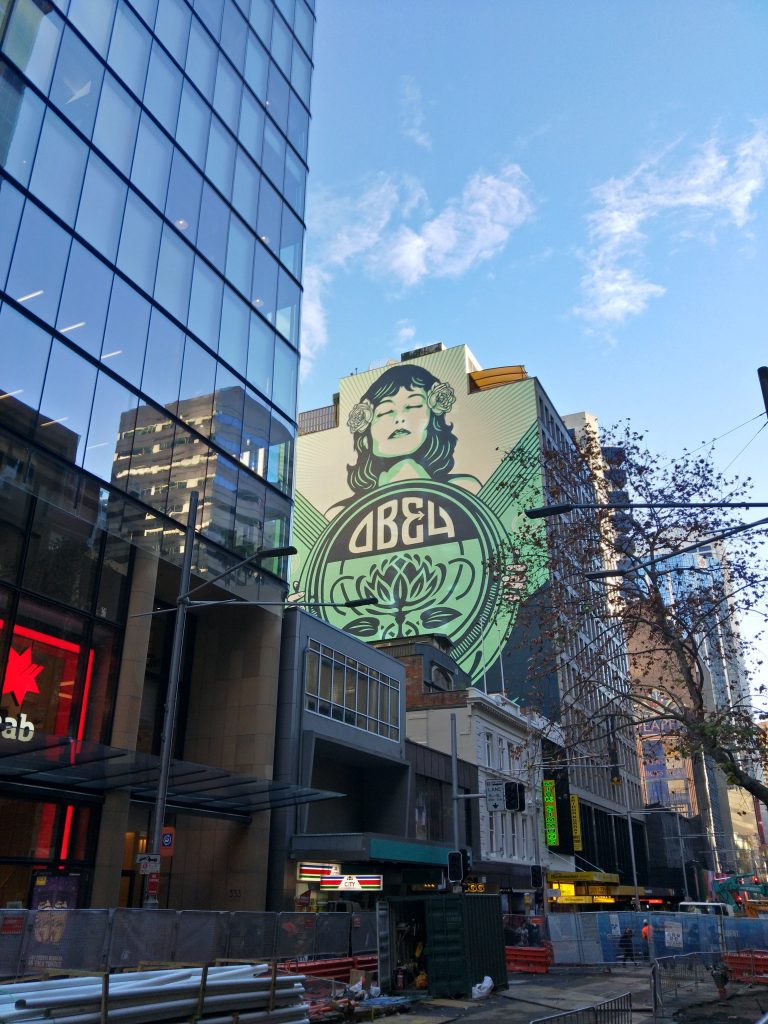
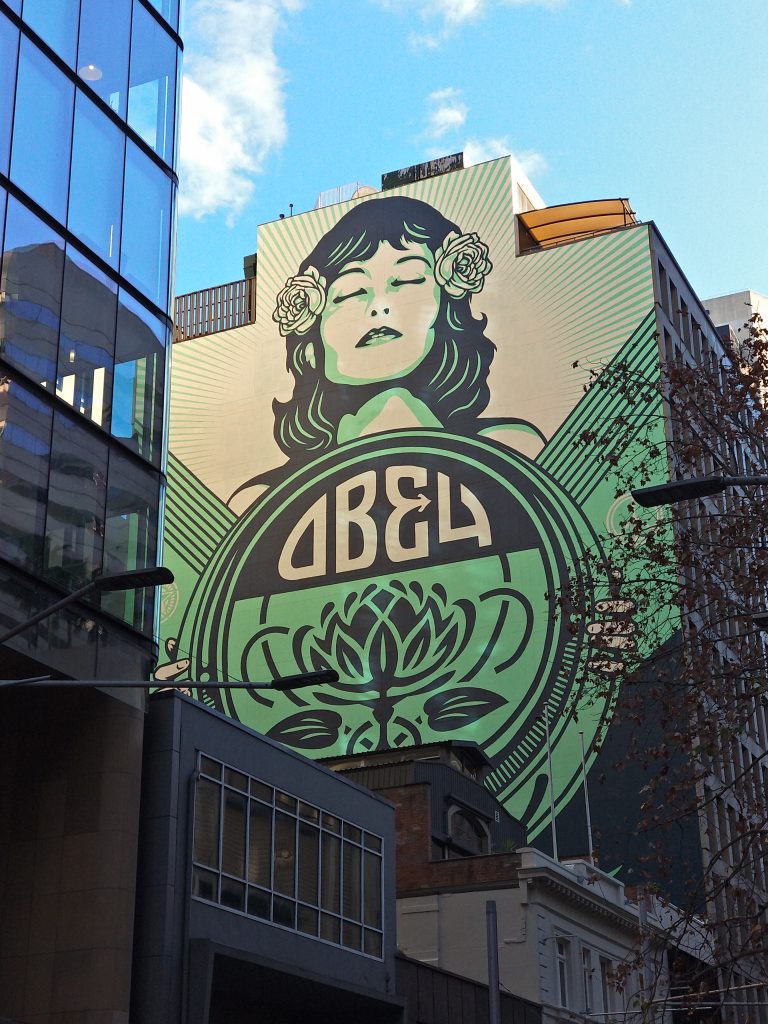





The photo with you with the sky behind worked well. Many phones would have made you face too dark.